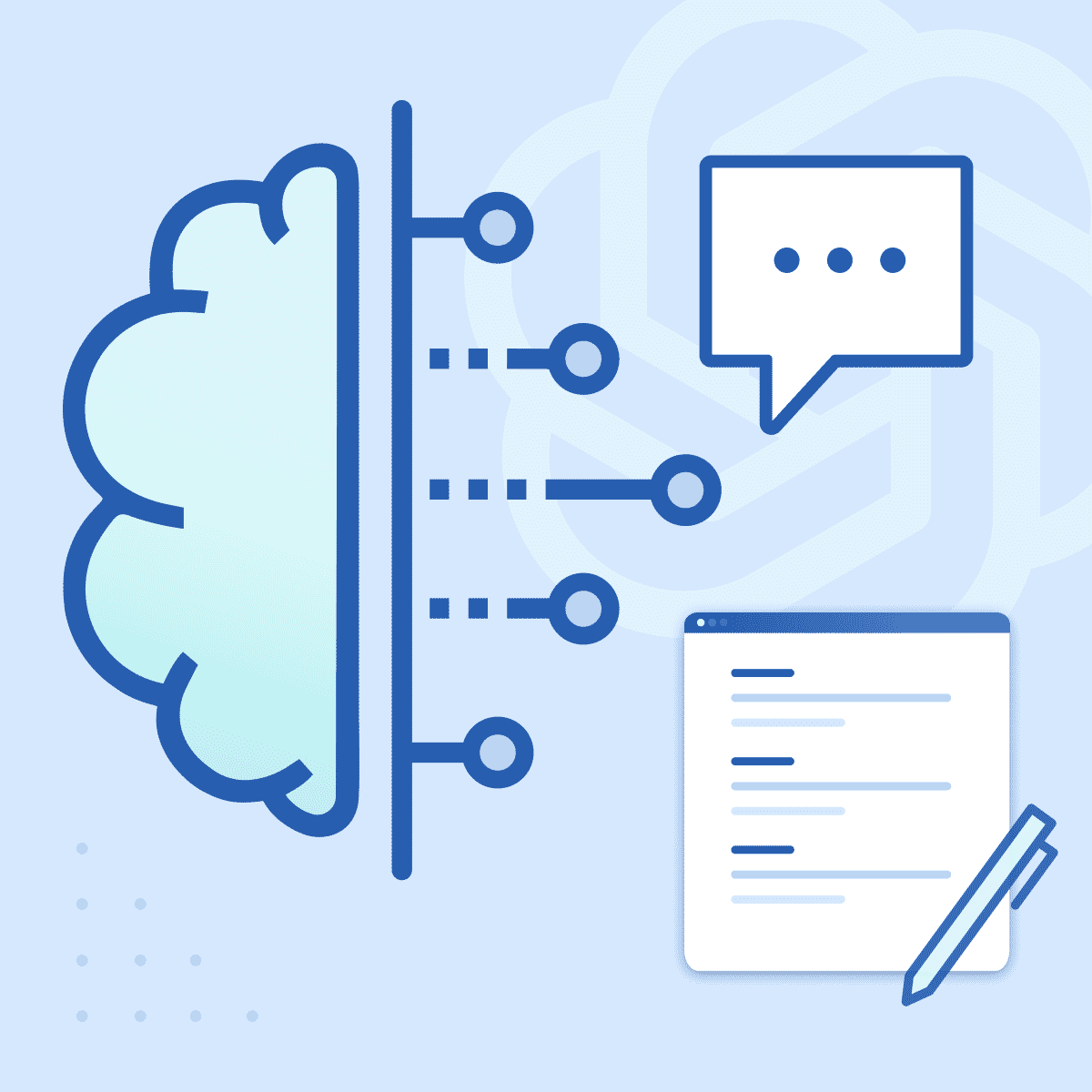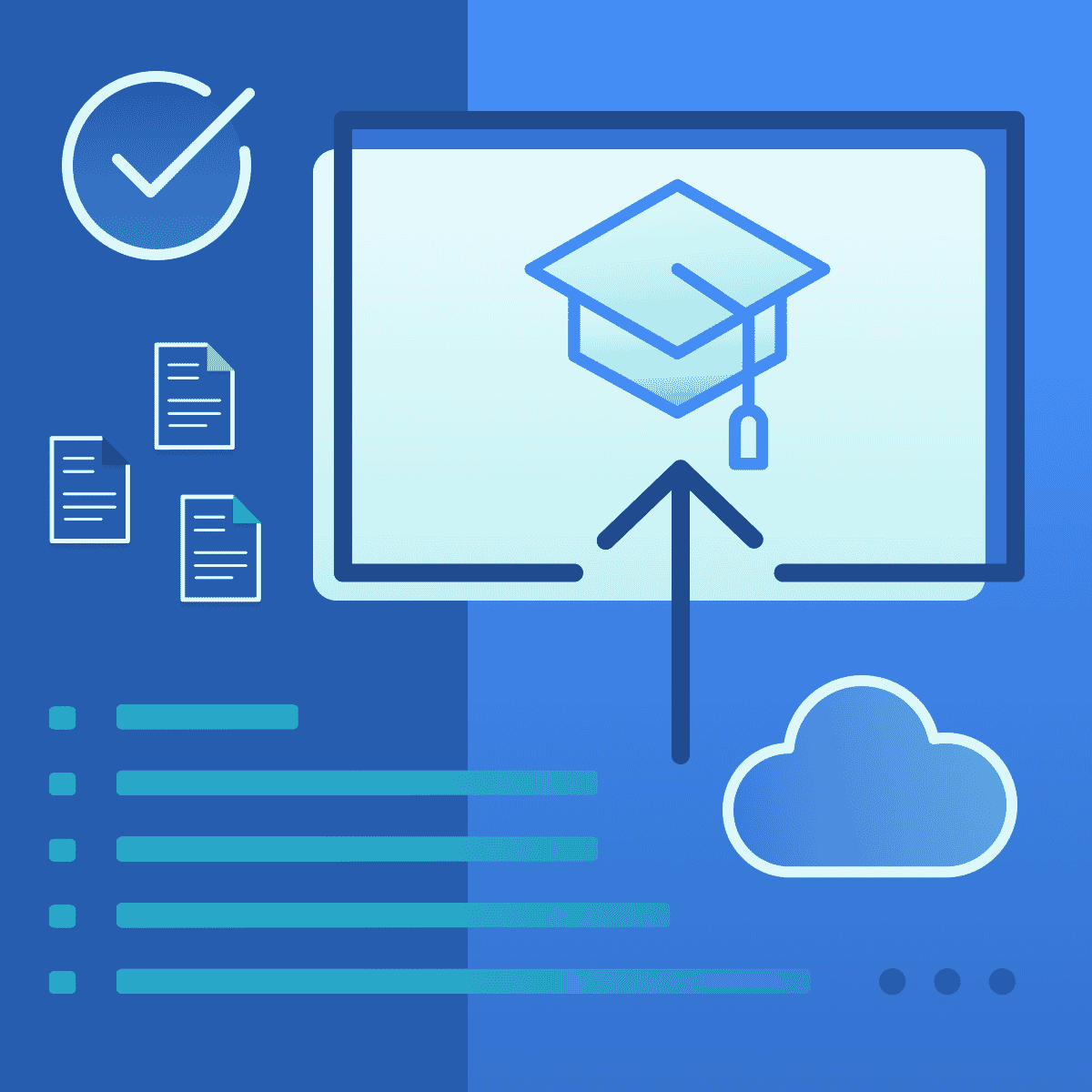This guest post was written by Andrea Maliska, an award-winning learning and development professional with over twelve years of experience in the field. She has built several learning and development departments in a variety of industries and relishes the opportunity to build from the ground up. Andrea currently owns her own consulting company, Rebel Learn, located in Denver, Colorado. Combining her experience in L&D and Product Management, she approaches strategy and program design with a unique and thoughtful approach.
It's been about a year since AI generative tools flooded the mainstream and became a very approachable tool for the masses. This shift has brought about a lot of fear, distrust, and concern, which is expected when a large shift in how we work, and approach life happens. But I have taken a bit of a different approach with the advent of this new technology. How can I utilize this tool, just as I have utilized other new tools in the past, to augment what I can offer and streamline how I work? There are numerous topics I could speak on regarding the benefits of using AI as an L&D (learning and development) professional. Being able to incorporate it into programs to analyze learning and gaps, finding trends and candidates for future curriculum and learning products, adding chatbots to offer support and additional learning contextually within a platform, the list goes on. But I really want to provide my insights into how you can immediately see the benefits of AI with little to no cost and virtually no setup time. How can you incorporate AI into your day to make your professional life a little lighter? Whether you have been in the industry for years or have been thrown into the role because you have expressed the need for a specific training program (I see you…), this will give you some insights that I have been using for the past year and that you can apply today.
AI as the Creative Co-Pilot: Let's face it, in today's landscape, L&D resources are limited. In many cases, individuals with virtually no instructional design background are being put into roles where they are being asked to wear multiple hats, often finding themselves tasked with creating learning programs without the background and not knowing where to start. So, whether you are a seasoned L&D professional or someone who is finding themselves with these responsibilities, your time is precious, and you are being asked to do a lot with a little. No matter how much we want to hold out from taking that AI leap, I have realized that embracing it has opened up avenues for me like any other learning tool. AI can help streamline your creative process, offering suggestions and generating ideas that might not have crossed your mind. It's like having a brainstorming buddy who never gets tired, never runs out of coffee, and never says, "I don't think that's a good idea." With AI's ability to gather and analyze vast amounts of data quickly and efficiently, it becomes a no-brainer for getting back some of that precious time. Let's look at ways I utilize AI as I build out learning strategies and programs for my clients.

1. Eliminating Blank Page Syndrome
You've been there before… you are tasked with creating a new hire training or a role-play for sales enablement, and you sit, staring into the white void of a blank page. Where do you start? What scenario should you use? What are the learning objectives? What should the program branding be? If you've been designing for a long time like me, this is all stuff you know how to do and have done a hundred times, but sometimes you just need that extra hand, coffee jolt, and spark of creativity. It's the same thing I do for my clients to keep them from becoming paralyzed by the blank page syndrome. Give them a starting place to get the brainstorming and creative juices flowing. Imagine you are brand new to Instructional Design and are still being asked to create a curriculum… in enters your ultimate L&D sidekick. Platforms like MadCap Central have incorporated AI into their platform to help with prompts and utilize AI to write genuinely engaging content with minimal brain strain.
2. Creating Engaging Check on Learnings
Picture this: AI, armed with its data-crunching superpowers, assists L&D professionals in curating role plays that simulate real-world scenarios. These virtual enactments not only immerse learners in practical situations but also provide a safe space to apply theoretical knowledge. But it doesn't stop at scenario building. I also use AI to help curate quiz banks that are more than just a series of multiple-choice questions – they are dynamic, adapting to learners' progress and ensuring a tailored challenge. These questions banks can range from beginner level to expert with the click of a button. Beyond the traditional, AI ventures into the realm of on-the-job activities, offering simulations and interactive modules that seamlessly integrate into the workflow. I like to create on-the-job activities that truly test the levels of understanding by asking different scenarios to test Remembering, Understanding, and Applying concepts. By leveraging AI, L&D professionals can create check-on-learnings that transcend the mundane, fostering a dynamic, immersive learning experience that resonates with modern learners. Say goodbye to stale assessments; with AI, the check-on-learning becomes a dynamic playground of knowledge application and skill refinement.

3. *Magic Wand * You’re a Graphic Designer
I am a big proponent of creating pedagogically sound and visually stunning content for the audience. In pulling from my own experience, I know that dull and boring content is often very forgettable, crushing an ID's goal of knowledge retention and metrics. But I am not a trained graphic designer, and I am a one-woman show. This is where AI emerges as the artistic maestro, offering a palette of possibilities to transform the visual aesthetics of content. Learning and development professionals often grapple with the challenge of creating visually appealing images that resonate with diverse audiences. AI can help generate stunning visuals, infographics, illustrations, and videos that elevate the look and feel of the content. Platforms like Canva have incorporated AI seamlessly into the platform to help you create exactly what you need by prompting with a few words. The result? Content that educates and engages creates an immersive learning experience that lingers in learners' minds.
4. The Collaborative Symphony:
AI doesn't just work for you; it collaborates with you in a symphony of creativity. Imagine a world where you and your AI assistant compose, edit, and refine content in perfect harmony. AI can analyze your writing style, offer suggestions for improvement, and even catch those pesky typos that slip through the cracks. It's like having a writing buddy, editor, and creative consultant all in one. Together, you and your AI companion can create content that resonates with your audience and reflects your brand's unique voice.
Things to Keep in Mind:
Like everything, there are things to keep in mind as you utilize this newfound tool. First and foremost, nothing can replace your ability as a human to analyze the emotions, needs, and preferences of your audience. The starting point for a program does not change. You will need to understand who you are building content for when you are working with AI to build out the content. You get out of it what you put in. Accurate and detailed prompts drive the content that you are getting back. Think of AI as your sidekick for Design and Development. Also, remember that whatever AI outputs, you must review, iterate on and scrub it. I truly think that at the heart of this all, its most considerable value comes from eliminating that blank page for all levels of L&D professionals, but it still needs to be screened and edited before prime time.
Conclusion:
At the end of the day, AI is not something to fight against. It has the capabilities to elevate the work we are doing truly. I don't claim to be an expert at everything I do, but sometimes, I am asked to do those things anyway. AI helps alleviate some of those shortcomings and fills the gaps in my skill set to provide my learners with a truly round and engaging experience. Working with limited resources and time allows me to quickly brainstorm ideas, create beautiful content, and even generate videos without needing lengthy design storyboarding and voice-overs when budgetary and time constraints hit me. While concerns and skepticism naturally accompany such transformative changes, I've embraced this new technology as a versatile tool, much like any other resource that enhances our capabilities.
Tune into MadCap Software’s The Role of AI in Technical Writing webinar to learn more about leveraging AI in your technical communication.










